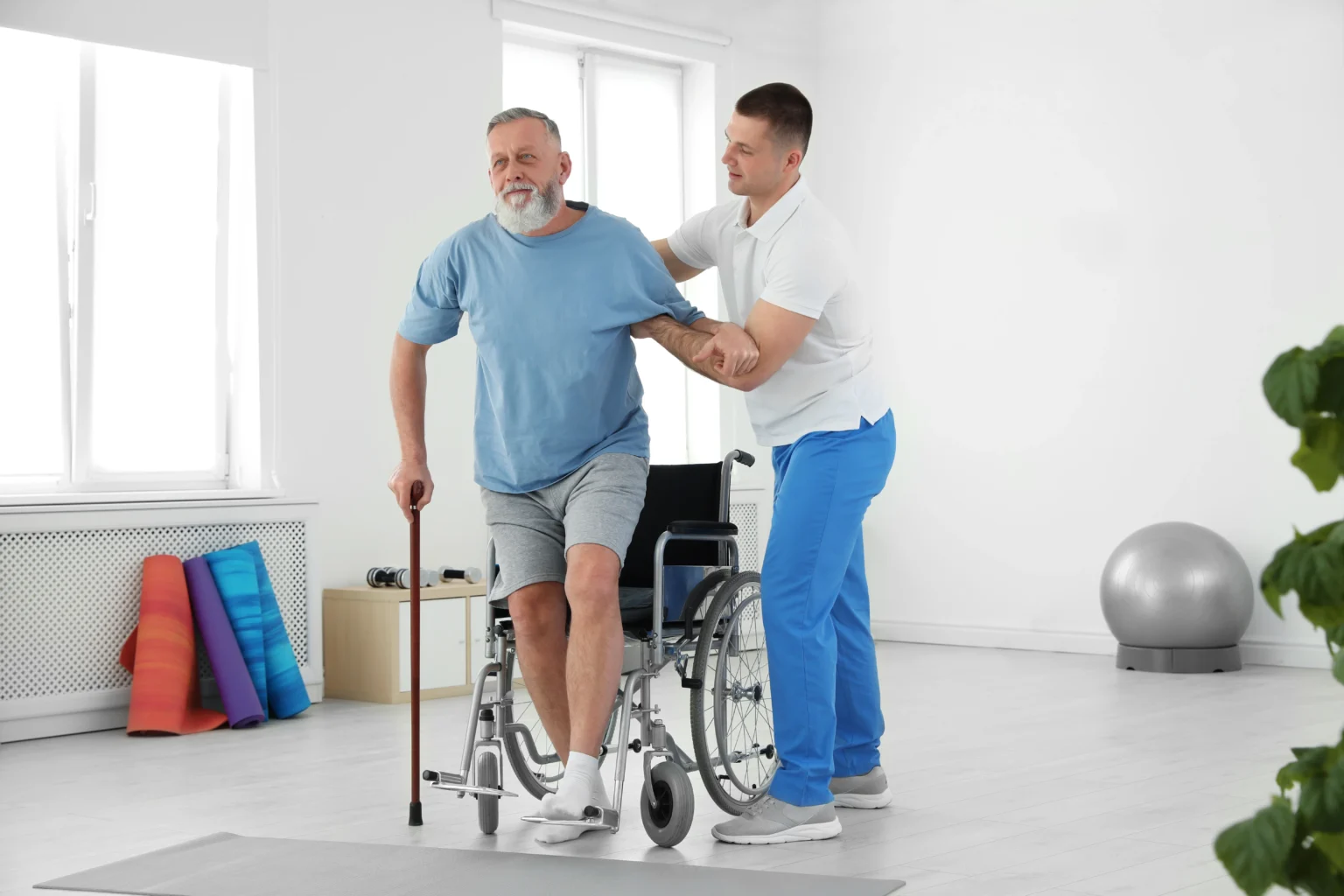
Stroke Training: How Rehabilitation Can Help You Regain Your Independence
If you or a loved one has experienced a stroke, you know firsthand the significant impact it can have on your daily life. From difficulty with movement and communication to challenges with memory and emotions, stroke survivors often face a long road to recovery. But the good news is that rehabilitation can help restore lost abilities and improve overall quality of life. In this blog post, we’ll explore how stroke training can empower you to regain your independence and live life on your own terms once again.
What is Stroke Rehabilitation?
There is no one-size-fits-all approach to stroke rehabilitation. The type and intensity of rehabilitation depends on the individual’s needs and abilities.
Stroke rehabilitation usually begins soon after the person is stabilized. In some cases, it may start while the person is still in the hospital. It often includes a team of specialists, such as doctors, nurses, therapists, and counselors.
The goal of stroke rehabilitation is to help the person regain as much function and independence as possible. Rehabilitation often focuses on regaining movement, speech, and thinking skills. It may also include helping the person adjust to any changes in their appearance or physical abilities.
Benefits of Stroke Rehabilitation
There are many benefits of stroke rehabilitation, which can help you regain your independence and improve your quality of life. Rehabilitation can help you regain strength and coordination, as well as improve your balance and mobility. It can also help you relearn how to perform everyday activities such as dressing, eating, and bathing. In addition, rehabilitation can help reduce your risk of falling and provide support for your family and caregivers.
Types of Stroke Rehabilitation
There are many different types of stroke rehabilitation, each with their own benefits. Here are a few of the most popular:
– Physical therapy: This type of rehabilitation helps patients regain movement and strength in their affected limbs. It can also help improve coordination and balance.
– Occupational therapy: This type of rehabilitation helps patients learn how to perform everyday tasks, such as dressing and eating, with their new limitations. It can also help them find adaptive equipment to make these tasks easier.
– Speech therapy: This type of rehabilitation helps patients regain their ability to communicate. It can also help them learn alternative methods of communication, such as sign language or augmentative and alternative communication devices.
– Cognitive rehabilitation: This type of rehabilitation helps patients improve their thinking skills and memory. It can also help them learn new ways to compensate for any cognitive impairments caused by the stroke.
Peg Feed Training
If you or a loved one has suffered a stroke, rehabilitation can help you regain your independence. One important aspect of rehabilitation is peg feed training.
Peg feed training helps stroke survivors learn how to eat independently again using a utensil called a “peg.” The peg is held in the mouth and used to guide food onto the teeth for chewing. This process takes practice, but with the help of a speech therapist, most people are able to learn how to use a peg within a few weeks.
Peg feed training is an important step in regaining independence after a stroke. It can be difficult and frustrating at times, but with patience and practice, most people are able to master the skill. If you or someone you know is undergoing rehabilitative treatment after a stroke, be sure to ask about peg feed training – it could make all the difference in regaining your ability to eat independently.
Condition Training
Condition training is a type of rehabilitation that helps patients regain their independence after suffering a stroke. This type of training helps patients improve their strength, flexibility, and coordination. It also helps them learn how to perform activities of daily living, such as eating and dressing.
How to Get Started with Stroke Rehabilitation
If you or a loved one has suffered a stroke, it can be a very difficult and frustrating time. But there is hope! With the right rehabilitation and training, many people are able to regain their independence and live happy, healthy lives.
Here are some tips to get started with stroke rehabilitation:
- Seek professional help. A physical therapist or other medical professional can create a personalized rehabilitation plan based on your specific needs. This will give you the best chance of success.
- Set realistic goals. Don’t try to do too much too soon. Set small, achievable goals and build up from there.
- Be patient. Recovery from a stroke takes time and patience is key. Don’t get discouraged if you have setbacks along the way, just keep working hard and stay positive!
- Get support from family and friends. The road to recovery can be long and difficult, but having the support of your loved ones can make all the difference.
Conclusion
Stroke training is an important part of stroke rehabilitation. It helps individuals improve their mobility, balance, and coordination after a stroke. With the right therapy and exercises, as well as support from family members or caregivers, individuals can regain lost abilities and maintain their independence. Ultimately, with dedication to proper stroke training techniques and patience throughout the process of recovery, you can gain back your strength and live a more independent life post-stroke.



